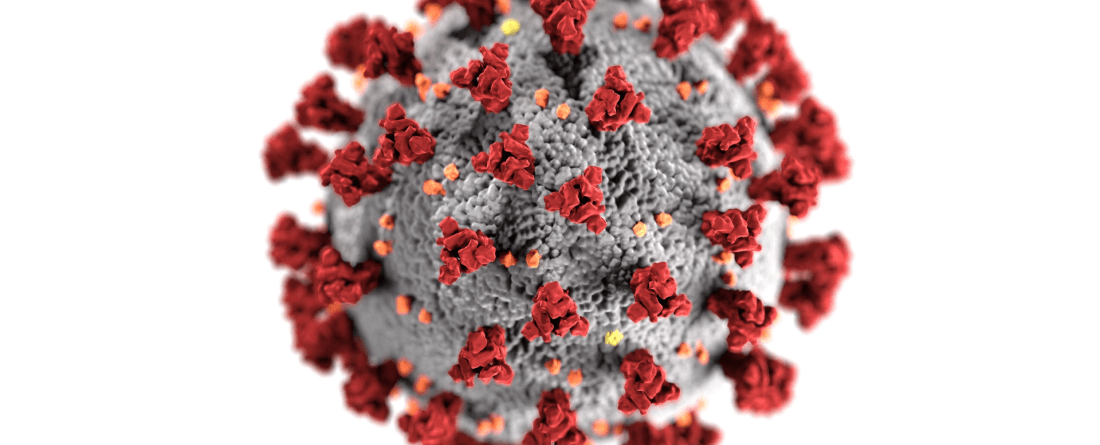
Speakers:
Alok Bhargava (Professor, UMD School of Public Policy)
Jiehong Lou (PhD Candidate, UMD School of Public Policy)
Paper #1
Who: Jiehong Lou (Post-Doctoral Fellow at CGS, School of Public Policy, UMD, and at the Maryland Transportation Institute)
Title: Are stay-at-home orders more difficult to follow for low-income groups?
Abstract: In response to the COVID-19 pandemic, a growing number of states, counties and cities in the United States issued mandatory stay-at-home orders as part of their efforts to slow down the spread of the virus. We argue that the consequences of this one-size-fits-all order will be differentially distributed among economic groups. In this paper, we examine social distance behavior changes for lower income populations. We conduct a comparative analysis of responses between lower-income and upper-income groups and assess their relative exposure to COVID-19 risks. Using a difference-in-difference-in-differences analysis of 3,140 counties, we find social distance policy effect on the lower-income group is smaller than that of the upper-income group, by as much as 46% to 54%. Our explorations of the mechanisms behind the disparate effects suggest that for the work-related trips the stay-at-home orders do not significantly reduce low income work trips and this result is statistically significant. That is, the share of essential business defined by stay-at-home orders is significantly negatively correlated with income at county level. In the non-work-related trips, we find that both the lower-income and upper-income groups reduced visits to retail, recreation, grocery, and pharmacy visits after the stay at-home-order, with the upper-income group reducing trips more compared to lower-income group.
Paper #2
Who: Alok Bhargava (Professor, School of Public Policy, UMD)
Title: Dynamic aspects of ORF1ab and N gene cycle threshold values among COVID-19 patients in China
Abstract: This paper modeled the dynamics of viral loads among 49 COVID-19 patients in Changzhou, China using dynamic random effects models that were estimated by maximum likelihood methods, allowing for between and within patient variations. Statistical criteria were developed for focusing on viral genes for clinical decision making. The empirical results showed that inflammation among patients were significant predictors of cycle threshold values for ORF1ab and N genes. Moreover, within subject variations were higher in Ct values of ORF1ab genes indicating that assessment of viral loads for N genes may be adequate especially in resource-poor settings. Lastly, the importance of estimating comprehensive models for viral loads for assessing the impact of biomarkers is emphasized.
The two authors will each do with a short presentation about their paper, each followed by a question period.
